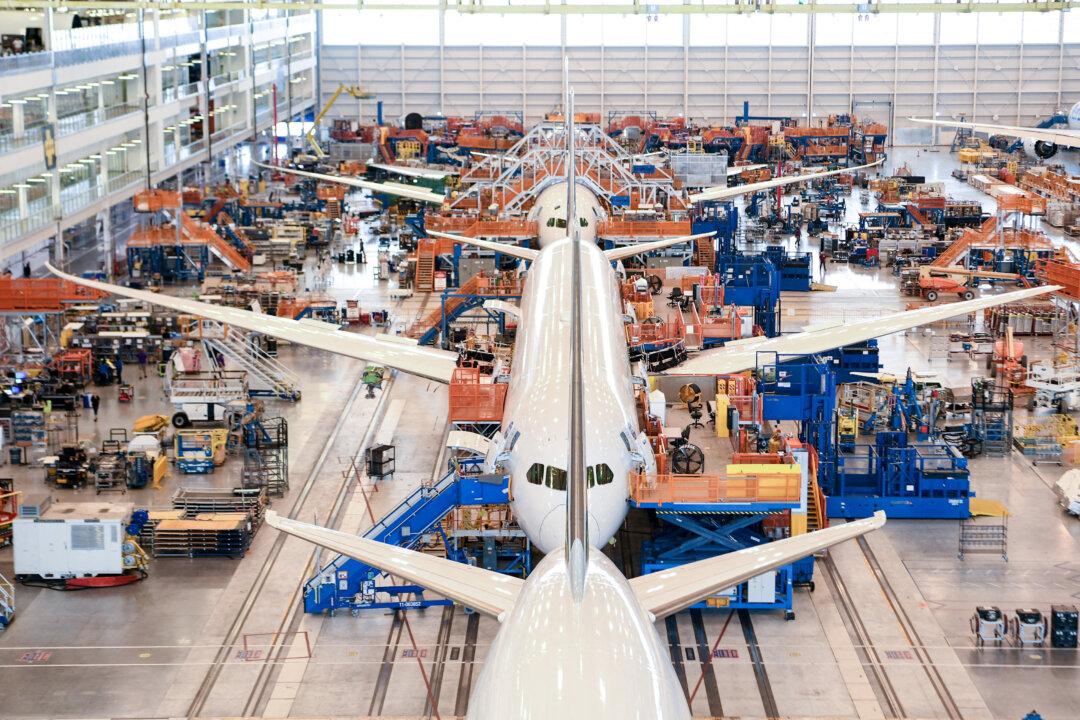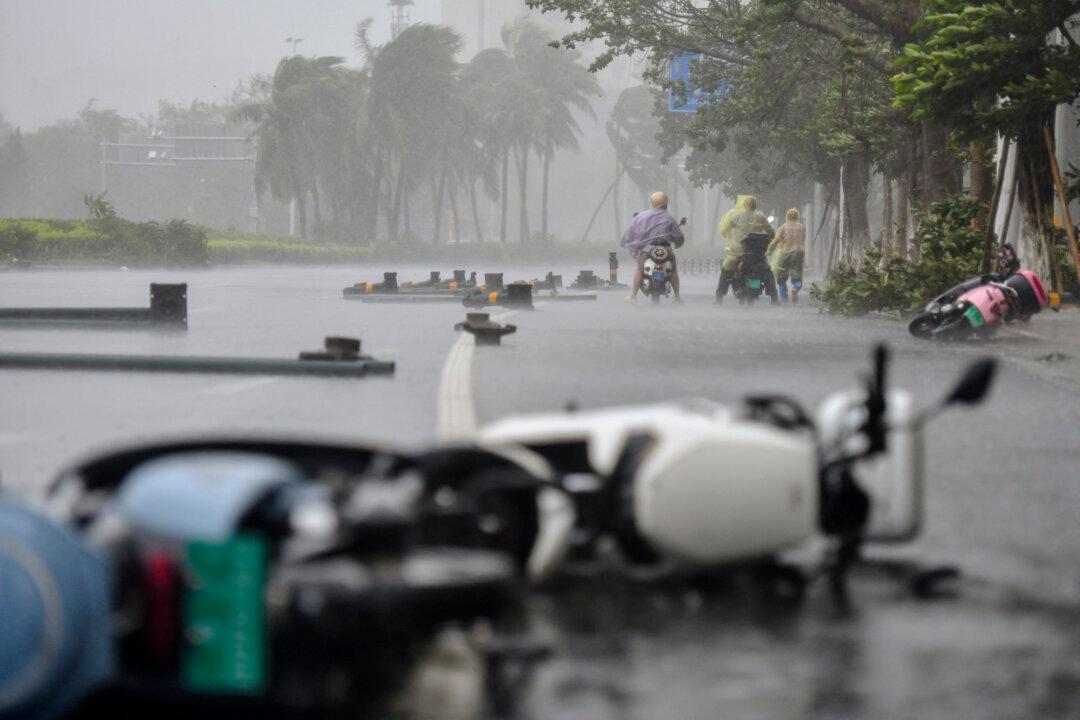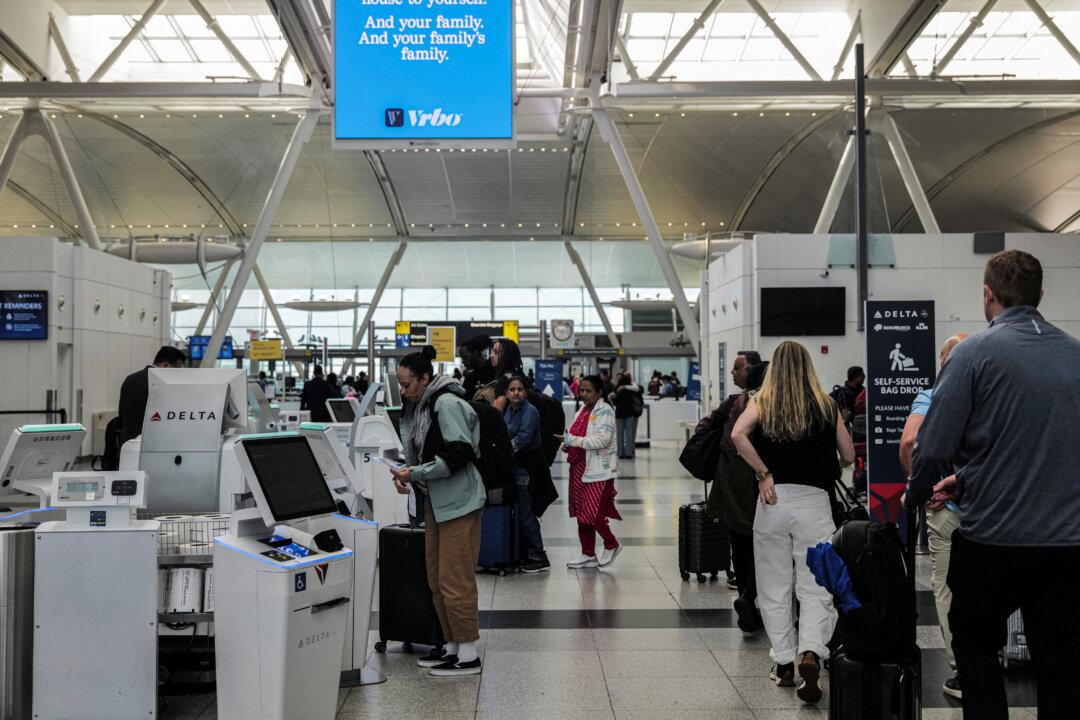WASHINGTON—Boeing said on Tuesday it is slowing deliveries of its 787 Dreamliner after the company discovered a new production flaw, but expressed optimism that it can still deliver 70-80 of the widebody jets this year as planned.
The problem, which does not pose a flight safety concern, involves a fitting for the 787’s horizontal stabilizer installed by a Boeing production facility in Salt Lake City, Utah, the company said.





